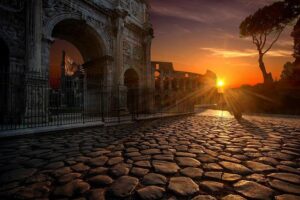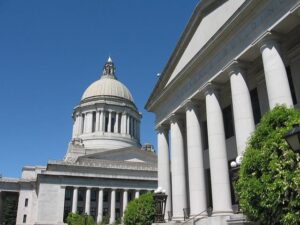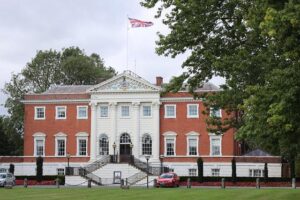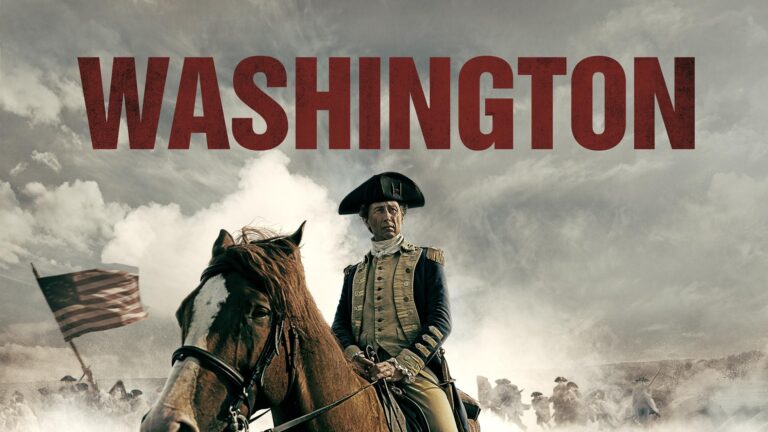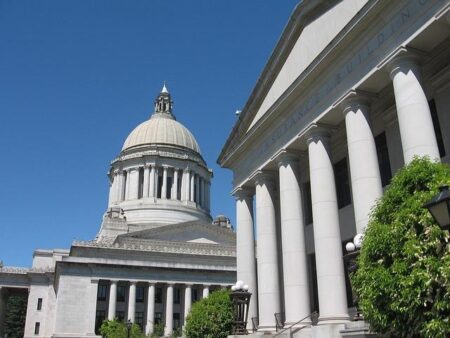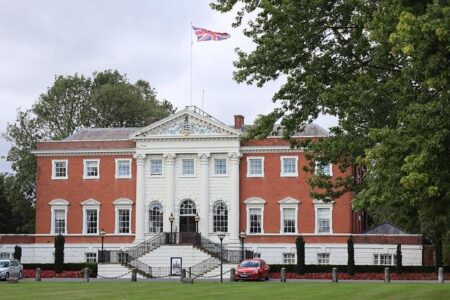Unveiling Washington StateŌĆÖs Rich Historical Tapestry
Washington state, celebrated for its verdant scenery and vibrant economy, boasts a multifaceted history that has profoundly influenced the Pacific Northwest region. From the deep-rooted traditions of its Indigenous peoples to its emergence as a powerhouse in American industry and culture, WashingtonŌĆÖs historical narrative offers a compelling window into the broader evolution of the United States. This article presents a detailed exploration of the pivotal events and influential personalities that have shaped WashingtonŌĆÖs enduring heritage, drawing on authoritative sources such as History.com to deliver a thorough and engaging overview.
Foundations of Washington: Indigenous Societies and Their Enduring Legacy
Long before European explorers set foot in the region, the land now known as Washington was inhabited by a variety of Indigenous nations, each with distinct cultures and sophisticated social systems. Tribes such as the Coast Salish, Yakama, Nez Perce, and Chinook thrived by harnessing the Pacific NorthwestŌĆÖs rich natural resources. Their lifestyles were intricately connected to the environment, with fishing, hunting, and trade forming the backbone of their economies and cultural practices. Archaeological discoveries, including finely crafted tools and artistic expressions, highlight the depth and complexity of these communitiesŌĆÖ heritage, which continues to influence the region today.
- Coast Salish: Esteemed for their elaborate totem poles and cedar plank longhouses.
- Yakama: Expert horsemen renowned for their fishing traditions along the Columbia River.
- Nez Perce: Pioneers in horse breeding and extensive trade networks.
- Chinook: Skilled traders dominating coastal commerce and salmon harvesting.
| Tribe | Traditional Territory | Distinctive Cultural Trait |
|---|---|---|
| Coast Salish | Puget Sound Region | Cedar Wood Carvings & Communal Longhouses |
| Yakama | Columbia Plateau | Salmon Fishing Expertise |
| Nez Perce | Interior Washington | Advanced Equine Breeding |
| Chinook | Lower Columbia River | Extensive Trade Networks |
The Gold Rush and Railroad Expansion: Catalysts for WashingtonŌĆÖs Economic Boom
The mid-1800s gold discoveries ignited a transformative period for Washington, propelling it from a sparsely populated wilderness into a thriving economic center. The Gold Rush attracted a wave of miners, merchants, and settlers, sparking the rapid development of towns and a surge in population. This boom stimulated a variety of industries, including mining equipment manufacturing, retail establishments, and transportation services. The influx of capital also financed essential infrastructure, setting the stage for sustained economic expansion.
Simultaneously, the growth of the railroad network revolutionized WashingtonŌĆÖs connectivity and commerce. Railroads linked isolated communities to national and global markets, dramatically reducing travel times and facilitating the efficient transport of goods. The railroadŌĆÖs influence manifested in several key ways:
- Enhanced trade: Streamlined shipment of timber, coal, and agricultural produce.
- Urban development: Growth of metropolitan centers such as Seattle and Tacoma.
- Cultural diversification: Arrival of immigrant laborers enriching the social fabric.
| Year | Railroad Milestone | Economic Significance |
|---|---|---|
| 1873 | Completion of Northern Pacific Railway | Connected Puget Sound with Midwest markets |
| 1883 | First Transcontinental Rail Link in Washington | Expanded lumber and mineral exports |
| 1890 | Railroads Reach Eastern Washington | Boosted agricultural trade |
Influential Leaders Who Molded WashingtonŌĆÖs Political and Social Landscape
WashingtonŌĆÖs unique political character has been shaped by several prominent figures whose leadership left lasting impacts on the stateŌĆÖs governance and social policies. Arthur B. Langlie, serving as the 12th governor, was instrumental in guiding Washington through critical economic reforms during the post-Great Depression era. His forward-thinking fiscal strategies and commitment to infrastructure development laid the groundwork for decades of prosperity. Earlier, Granville O. Haller played a vital role in territorial administration, blending military expertise with political acumen to facilitate WashingtonŌĆÖs transition from territory to statehood.
Other key contributors include Dave Beck, a labor leader whose advocacy within the Teamsters Union advanced workersŌĆÖ rights and labor protections, and Rosa Guti├®rrez, a passionate civil rights advocate who championed immigrant inclusion and social equity, broadening the stateŌĆÖs political discourse. Their collective efforts helped shape WashingtonŌĆÖs progressive and inclusive political environment.
| Name | Position | Major Contribution |
|---|---|---|
| Arthur B. Langlie | Governor | Economic reform and infrastructure investment |
| Granville O. Haller | Military Officer & Politician | Territorial governance and statehood facilitation |
| Dave Beck | Labor Union Leader | Promotion of labor rights and union strength |
| Rosa Guti├®rrez | Civil Rights Activist | Advocacy for immigrant and minority rights |
Safeguarding WashingtonŌĆÖs Past: Museums, Landmarks, and Cultural Preservation
WashingtonŌĆÖs historical narrative is actively preserved and celebrated through its diverse museums and landmark sites, which serve as dynamic centers for education and cultural engagement. Institutions like the Museum of Flight highlight the stateŌĆÖs pioneering contributions to aviation, while the Wing Luke Museum offers profound insights into the experiences of Asian Pacific American communities. These venues provide immersive exhibits that honor Native American heritage, early settler history, and the regionŌĆÖs innovative spirit.
Iconic landmarks such as Fort Vancouver and the Space Needle stand as enduring symbols of WashingtonŌĆÖs historical resilience and forward-looking vision. Local preservation organizations play a crucial role in maintaining these sites, ensuring they remain accessible and relevant through educational initiatives and community involvement. Noteworthy preservation efforts include:
- Architectural restorations preserving historical authenticity
- Cultural celebrations highlighting Indigenous and immigrant legacies
- Digital archives expanding public access to historical records
- Technology-enhanced tours offering interactive visitor experiences
| Location | Highlight | Historical Importance |
|---|---|---|
| Museum of Pop Culture | Interactive Exhibits | Celebrates music, science fiction, and pop culture heritage |
| Fort Vancouver | Reconstructed Historic Fort | Hub of 19th-century fur trade and military operations |
| Chihuly Garden and Glass | Art Installations | Showcases glass art inspired by Pacific Northwest culture |
| Klondike Gold Rush National Historical Park | Historic Trails and Exhibits | Preserves migration and mining history from the gold rush era |
Conclusion: Embracing WashingtonŌĆÖs Historical Journey
WashingtonŌĆÖs historyŌĆöfrom its ancient Indigenous foundations and early colonial encounters to its significant contributions to AmericaŌĆÖs growthŌĆöcontinues to influence the stateŌĆÖs identity and future trajectory. As detailed on History.com, appreciating this intricate past enriches our understanding of WashingtonŌĆÖs cultural and political landscape. Engaging with the stateŌĆÖs historical legacy not only honors those who came before but also informs contemporary discussions and developments shaping the Pacific Northwest today.
